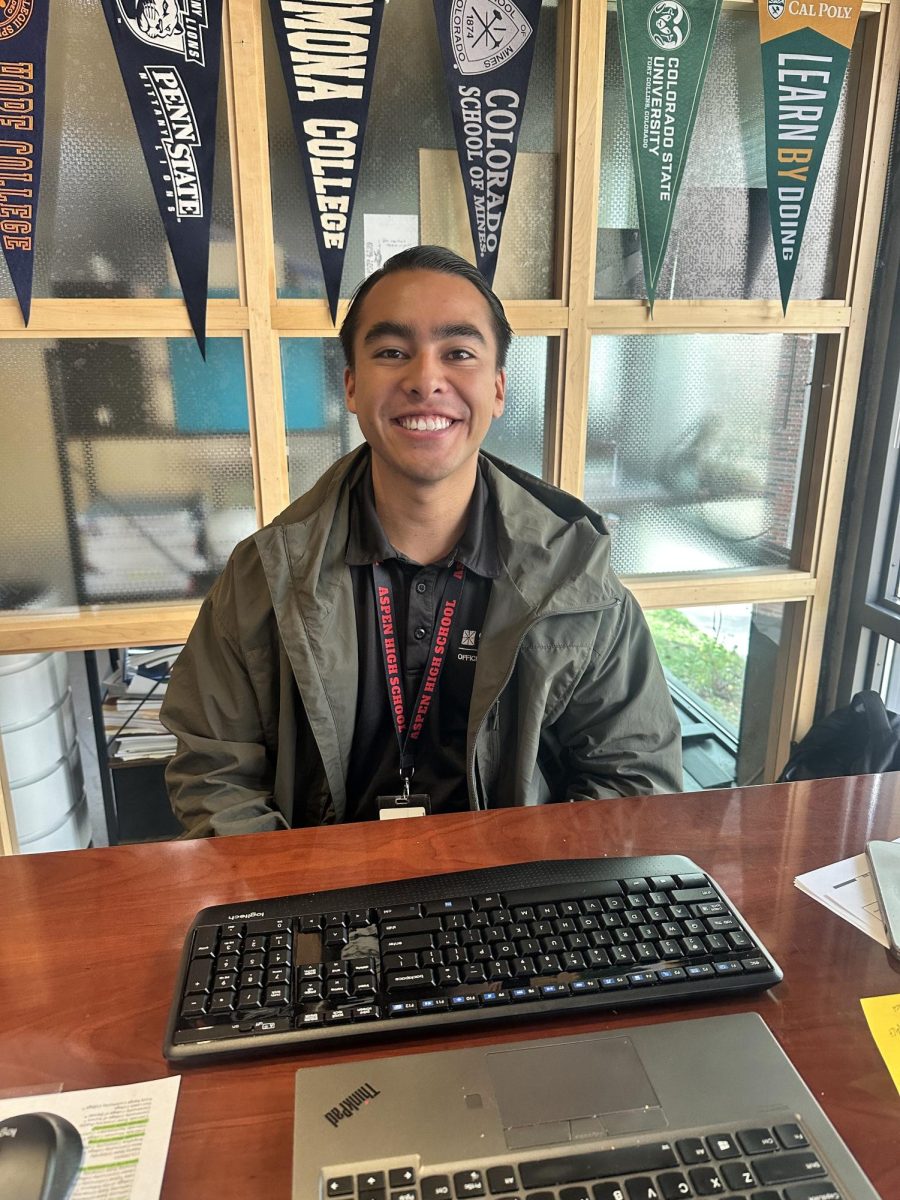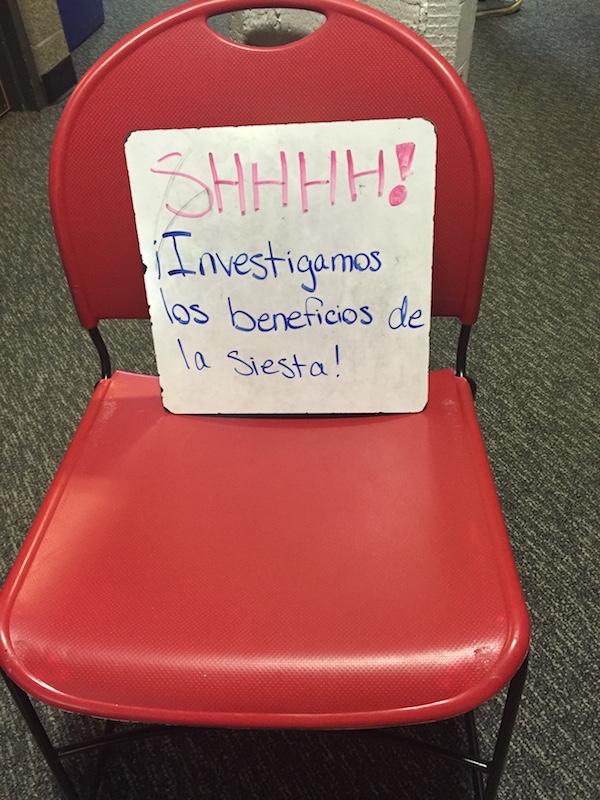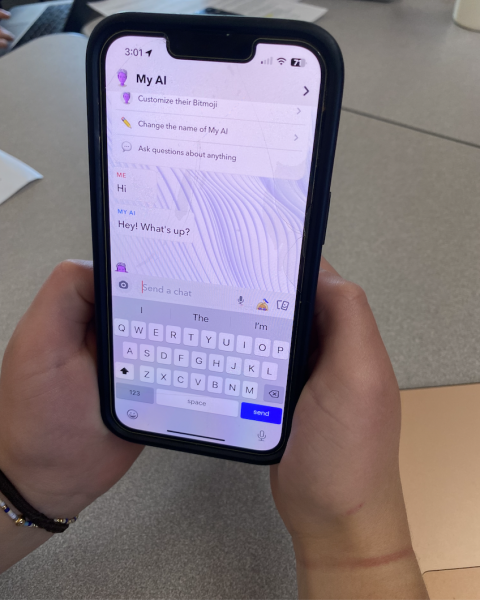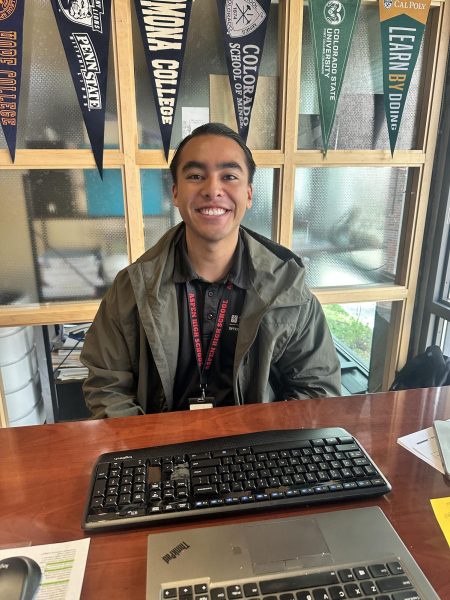Shhh, Por Favor
Scattered throughout the center of the science wing lay a group of inert students. Some students got cozy with various species of stuffed animals, while others lay on the floor with their hands crossed on their chests. Encircling the bodies were signs saying, “Shhh por favor.” It is reasonable to ask, “Why? Why on earth did we have to tip toe around the resting students on our way to chemistry or oceanography or biology and all of our other science classes?”
Well, dear reader, the Spanish 3 classes were taking a siesta—in the middle of the hall—in the middle of the school day—in the middle of America. A siesta is a fancy word for an afternoon nap, and is common throughout Spain and Latin America, so it makes sense that the class would learn about the incredibly satisfying tradition of those cultures.
The Spanish 3 classes were going into depth about the tradition of the siestas and how they came to be apart of the culture.
“The siesta originated, before the invention of air conditioning, when a big part of the Spanish culture was to work outside harvesting crops. In Southern Spain it tends to get pretty hot during the summer, so people would work during the morning hours and typically during the day and then would go back to their houses to rest, eat, and spend time with their families. Then they would return to work when the day cooled off a little bit in the late evening. And that tradition of the siesta kind of carried on since then in Spain and then spread to other hot countries,” said Spanish 3 teacher, Alex Reginelli. “We are studying this and learning about both negative and positive effects of it. For example, in Spain there is a lot of pressure to get rid of the siesta because it’s being blamed for some of the economic strife they are experiencing and have been experiencing for the last 10 or 15 years. After we address the negative and positive effects of the siesta we are writing persuasive essays trying to describe whether the siesta would or wouldn’t be a good idea here in the Unites States. We took the siesta to give the students a better perspective about whether that’s something that they like to do in the middle of the day.”
The students who participated in the big siesta explained that they had learned about siestas for an entire unit and that this activity was a way to wrap up the section.
“I took mine in the morning, even though it’s in the afternoon. Alex wanted everyone to experience one,” said Emily Driscoll, who took the class last year. “It was definitely beneficial to actually do the siesta, because it gave us a chance to immerse ourselves into the culture. We were fortunate enough that Alex chose such a fun activity to participate in. It was a very nice experience to move away from the language for a while and see what people in the country do, not just say.”
The classes didn’t just wrap up their unit with a nap; after the siesta, they had a discussion about the experience in Spanish.
“We went out into the hallway for twenty minutes and tried to sleep. Then we came inside and discussed it in Spanish. I think it was more just to understand what we are learning about and the culture of the places that take a siesta,” current Spanish 3 student Sam Kelly said.
The kids learning Spanish lucked out that they got to take a siesta, but don’t worry French students and don’t be jealous of the Spanish students; Eric Lamb teaches his students how to make crêpes!
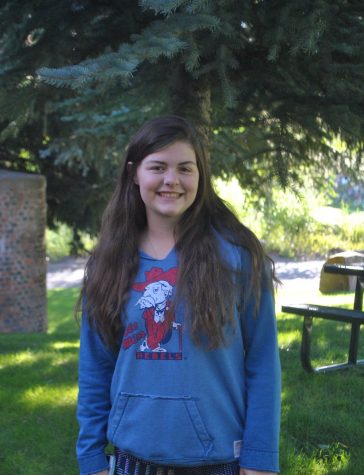
Livvy Clauss is a junior at AHS. She enjoys being outside whether it is biking, hiking, and skiing. She also loves writing and being up to date on news...




